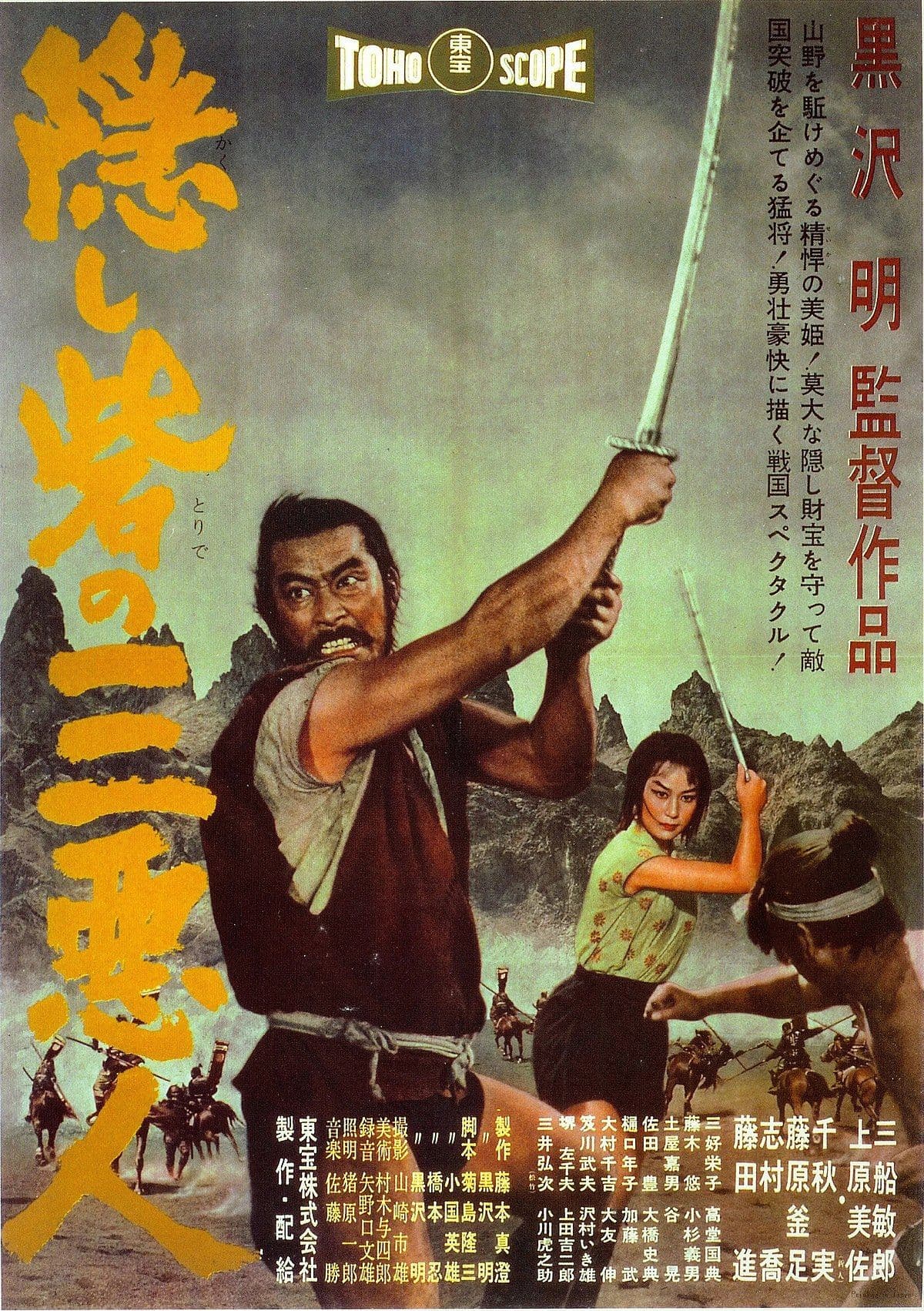
The hidden Fortress
1958
Rate this movie
Average: 0.00 / 5
(0 votes)
Director
The Hidden Fortress is a pivotal film in the aesthetic evolution of Akira Kurosawa's cinema as it marks the advent of a new, peculiar aspect amalgamated with the Jidai-geki (historical drama) genre: the picaresque. The great and noble passions of the Samurai are thus contaminated by grotesque and comical elements that, however, do not at all undermine their aura of lofty grandeur, but rather ratify their literary dimension, their mythopoeic plane. To achieve this, Kurosawa draws heavily from popular tradition, intercepting the essence of Kabuki theatre, an expressive form born in the early 1600s, dear to the humblest strata of the population, with performances featuring extremely earthly and pragmatic themes, populated by eccentric and rogue characters who brought stories of ordinary daily life to the stage. In The Hidden Fortress, Kabuki authoritatively enters the narrative, permeating the story and influencing it from beginning to end through two characters who, from the very first shot, are at the center of Kurosawa's amused gaze. These are two peasants who have escaped the war and are anxious to save their own skin, but also absurdly greedy and quarrelsome. Characteristics that make them two authentic bumpkins whose good fortune will allow them to pass unscathed through a thousand tribulations awaiting them on their way home.
The story is set in feudal Japan, in the Akizuki kingdom, where civil war between the various clans controlling vast portions of territory is the only horizon for every man and woman who treads those lands. The Yamana clan is raging across those lands and has just defeated the Akizuki, sowing death and destruction. Centuries of civil war have prostrated the population, starving entire villages (a theme also revisited by Kaneto Shindō in Onibaba, as we have seen). The film opens with Tahei and Matashichi, two bumpkins who have escaped the war and fled their own faction, seeking by all means to return to the kingdom of Yamakawa, their homeland, insulting and quarreling with each other throughout the journey. The two, having escaped yet another capture by Yamana soldiers, reunite and flee through the mountains, encountering a mysterious wanderer who will later be revealed as General Akizuki Rokurota Makabe, an extremely skilled Samurai and military leader of the Akizuki army, recently defeated by Yamana. The three proceed together, and along the way, discover some gold bars hidden inside wooden sticks near a mysterious fortress concealed amidst the rocky walls of the surrounding mountains. Rokurota sagaciously leverages the two's greed to enlist their help in transporting the gold towards Yamakawa along with the escaped Princess Yuki of the Akizuki clan. The general's objective is to retreat to Yamakawa, audaciously crossing enemy territory with the gold hidden in bundles of wood and the princess disguised as a humble peasant. The plan will naturally encounter obstacles of all kinds, but in the end, thanks to the foolishness of the two naive peasants and Rokurota's military sagacity, it will achieve unexpected success.
Shot with extreme irony and lightness, this film is a small but great gem in the cinematography of the Japanese Master. Kurosawa's sense of theatricality bursts forth in scenes of dazzling beauty, such as the spear fight between Rokurota and the enemy general Hyoe Tadokoro (who, once defeated, will later join Rokurota, saving him from death). A warlike choreography that almost culminates in a ballet, where the two combatants spare no grace and strength, skillfully blended into an unending antagonistic vortex, as the duelists tear through curtains and drapes, improvised backdrops rising to reveal new scenes of the duel. Another wonderful scene is the fire dance, which the small group of fugitives joins, burning their bundles of wood with the gold inside. The dance was an ancient popular custom that celebrated the advent of spring and involved the raising of an immense bonfire, at whose edges dozens of frenzied dancers challenged the flames, darting in time with them. Kurosawa follows the scene with almost anthropological dedication, enjoying tracing the dancers' movements and plunging the narrative into a kind of hypnotic trance. The Hidden Fortress ultimately remains a masterful film, shot with technique, stylistic rigor, and lightness, but also a pivotal turning point in Kurosawa's cinematic language, an indispensable work for delving into the Maestro's poetics and attempting to understand its ultimate meaning.
Country
Gallery
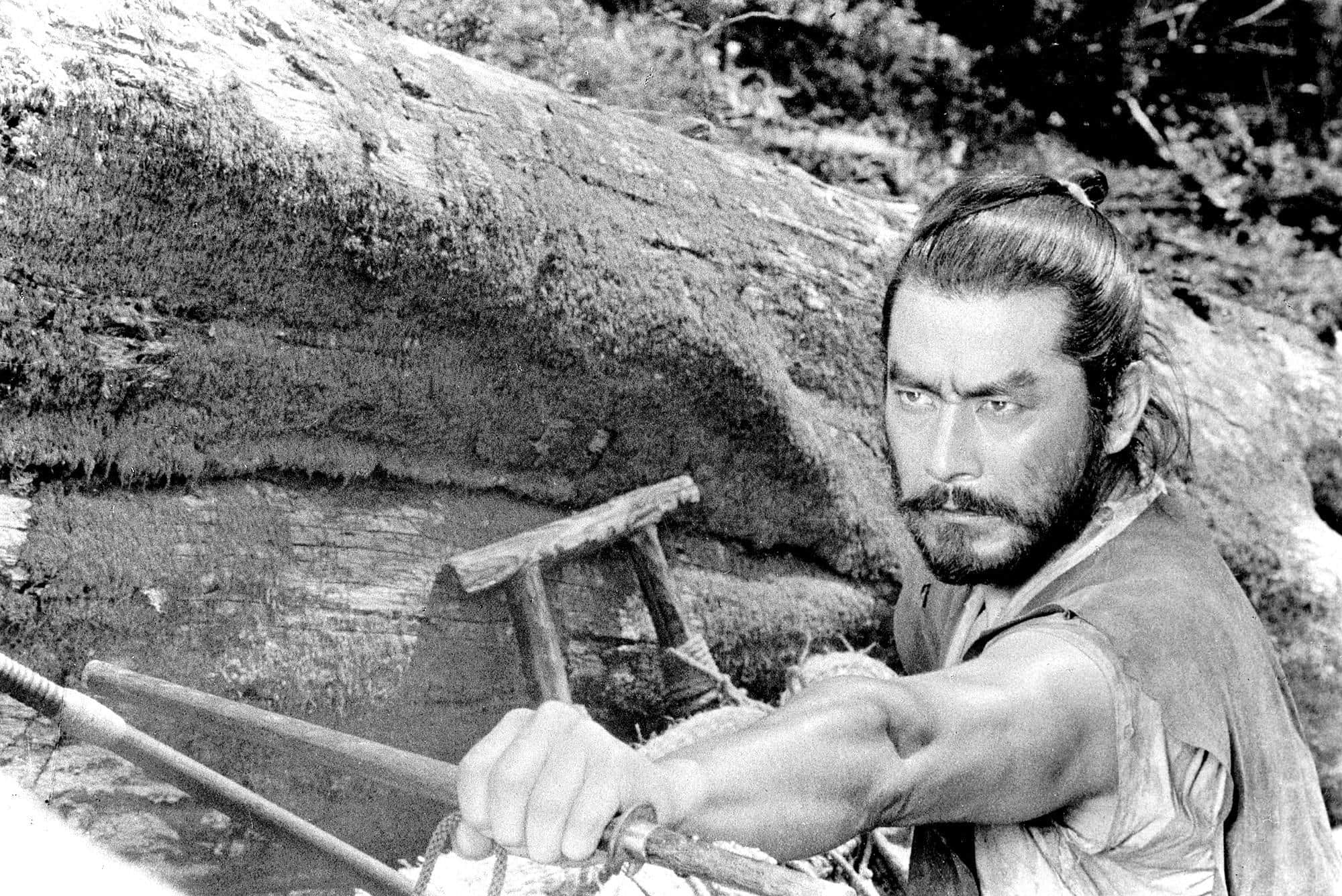
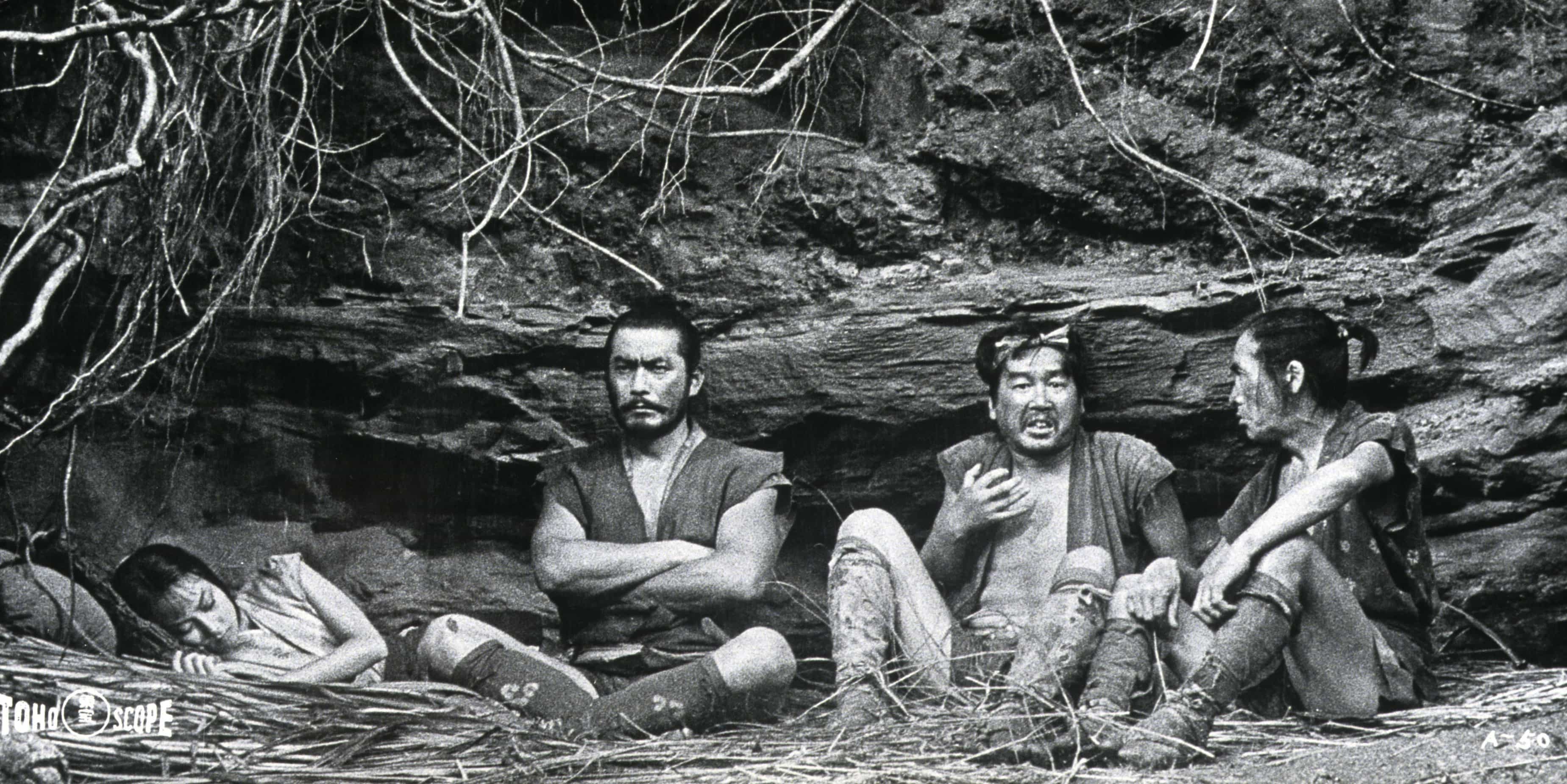
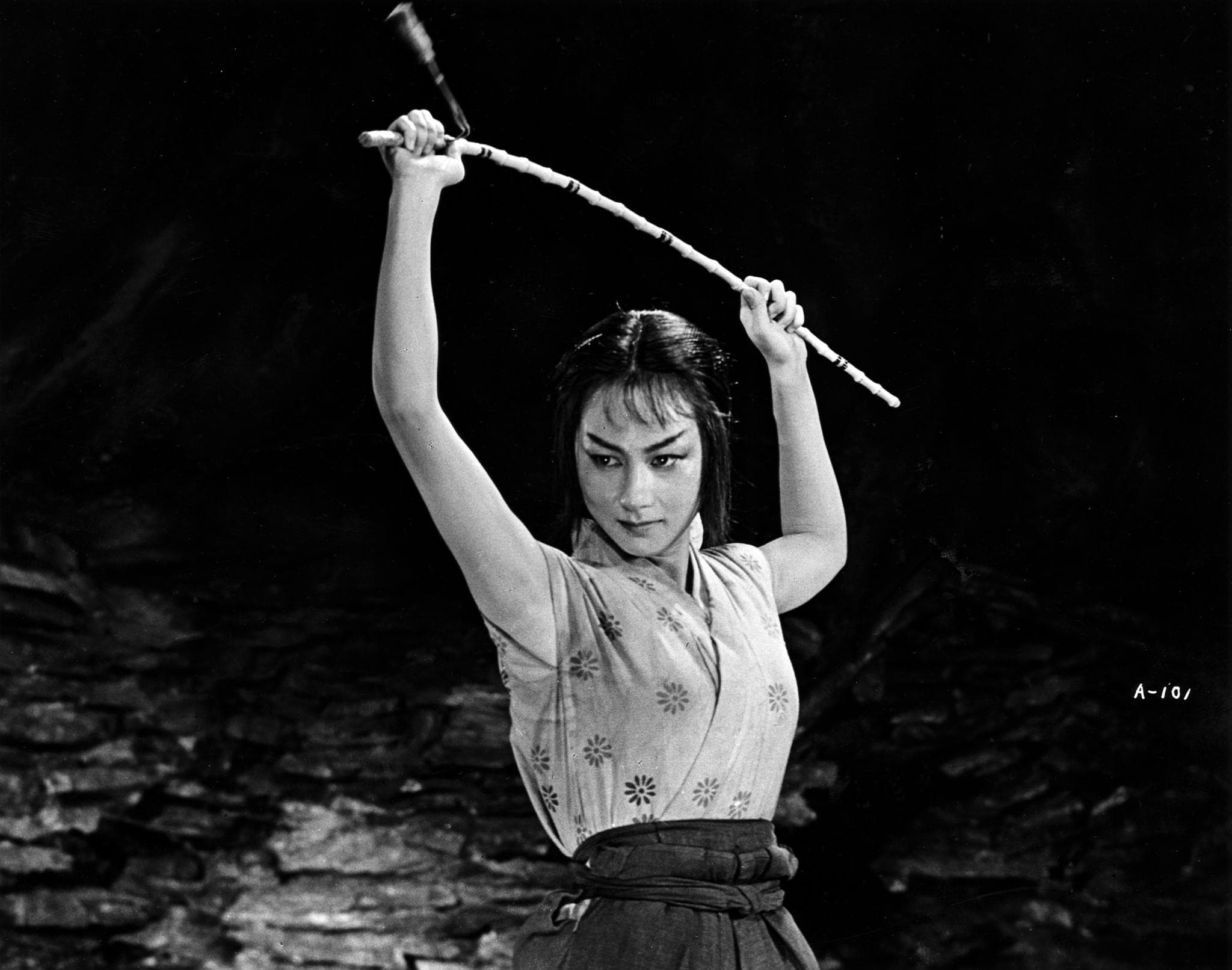
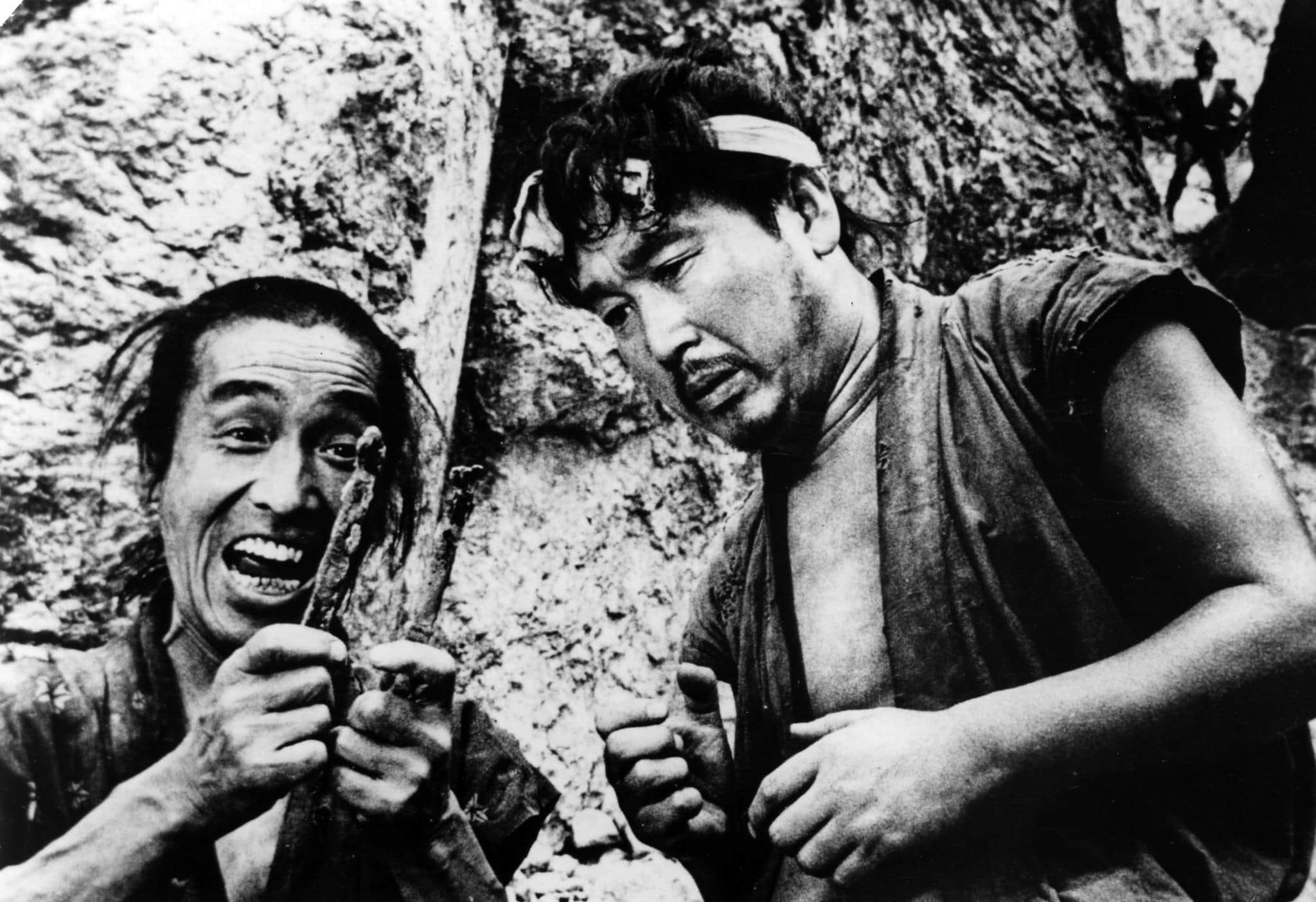
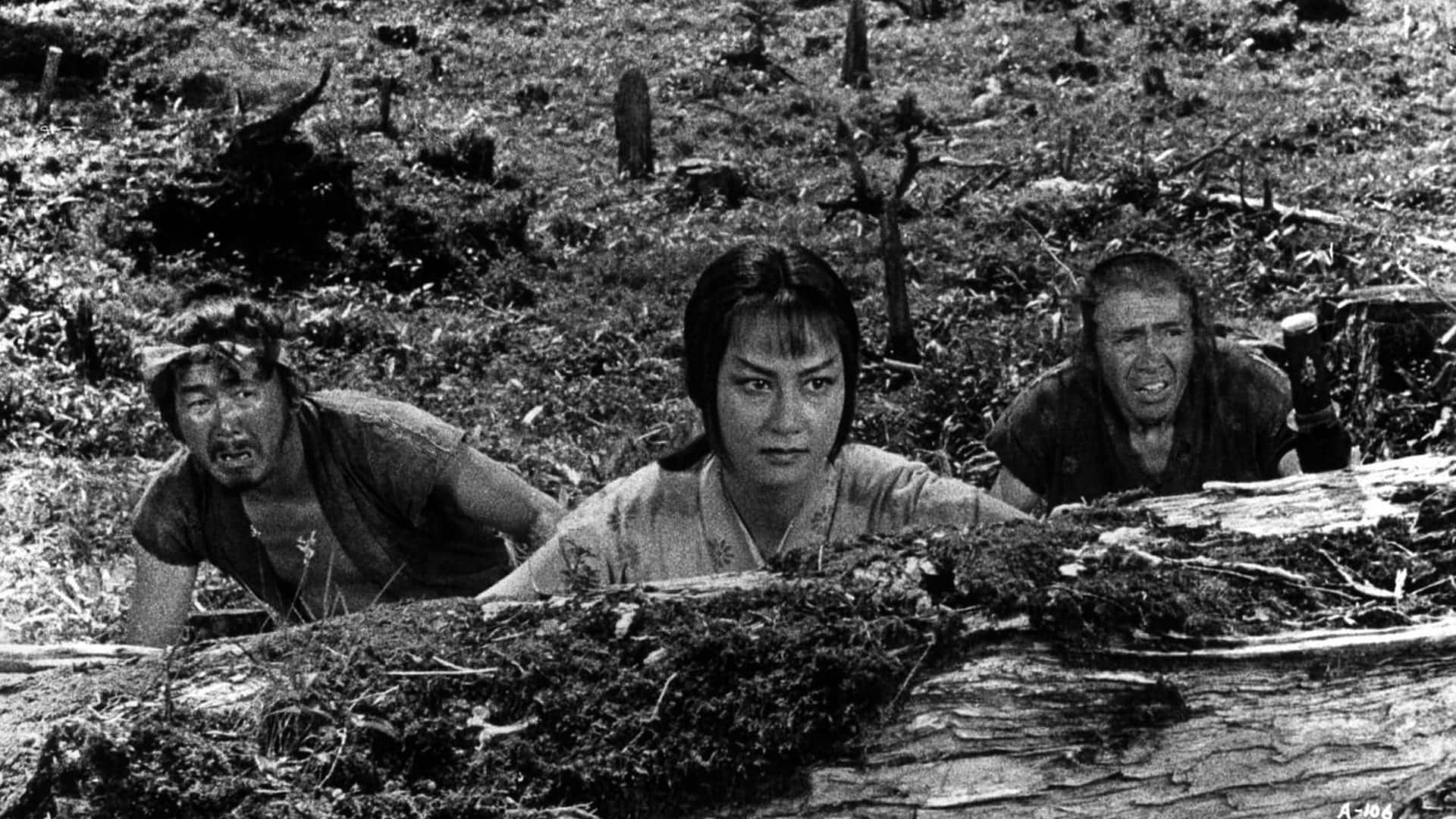
Comments
Loading comments...